Noiristas are spoiled for choices yet again! The Arthur Lyons Film Noir Festival starts Thursday night, May 8, in Palm Springs and runs through Sunday, May 11.
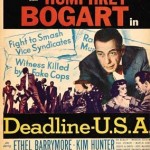 The lineup includes: “The Window” (1949, Ted Tetzlaff), “Roadblock” (1951, Harold Daniels), “Too Late for Tears” (1949, Byron Haskin), “Sunset Blvd.” (1950, Billy Wilder), “Sorry, Wrong Number” (1948, Anatole Litvak), “Southside 1-1000” (1950, Boris Ingster), “Storm Warning,” (1951, Stuart Heisler), “The Killers” (1946, Robert Siodmak), “Shack Out on 101” (1955, Edward Dein), “Deadline U.S.A.” (1952, Richard Brooks), “Laura” (1944, Otto Preminger) and “Out of the Past” (1947, Jacques Tourneur).
The lineup includes: “The Window” (1949, Ted Tetzlaff), “Roadblock” (1951, Harold Daniels), “Too Late for Tears” (1949, Byron Haskin), “Sunset Blvd.” (1950, Billy Wilder), “Sorry, Wrong Number” (1948, Anatole Litvak), “Southside 1-1000” (1950, Boris Ingster), “Storm Warning,” (1951, Stuart Heisler), “The Killers” (1946, Robert Siodmak), “Shack Out on 101” (1955, Edward Dein), “Deadline U.S.A.” (1952, Richard Brooks), “Laura” (1944, Otto Preminger) and “Out of the Past” (1947, Jacques Tourneur).
Special guests are: Barbara Hale, Nancy Olson, author Victoria Wilson, Susie Lancaster, author Kate Buford, Terry Moore and Susan Andrews.
Meanwhile, at the Los Angeles County Museum of Art, the stellar “Essential Orson Welles” series continues until June 7.
Says the museum: “Screen legend Orson Welles was a pioneering filmmaker and raffish public personality best known for the remarkable achievement of ‘Citizen Kane.’ Focusing on Welles as a trailblazing director, this series, presented by the Academy, showcases nine of the 12 films completed in his lifetime (several of them screening in brand-new restorations).
And, as always, Turner Classic Movies (TCM) offers plenty of retro darkness and debauchery. TCM times are Eastern Standard and (Pacific Standard).
“Murder, My Sweet”
(1944, Edward Dmytryk). Saturday, May 10, 11:30 p.m. (8:30 p.m.), With Dick Powell, Claire Trevor, Mike Mazurki and Anne Shirley.
Sunday, May 11
2 p.m. (11 a.m.): “Mildred Pierce” (1945, Michael Curtiz). With Joan Crawford, Jack Carson, Ann Blyth, Zachary Scott and Eve Arden.
Tuesday, May 13
11:30 a.m. (8:30 a.m.): “Pitfall” (1948, Andre De Toth). With Dick Powell, Lizabeth Scott, Raymond Burr and Jane Wyatt.
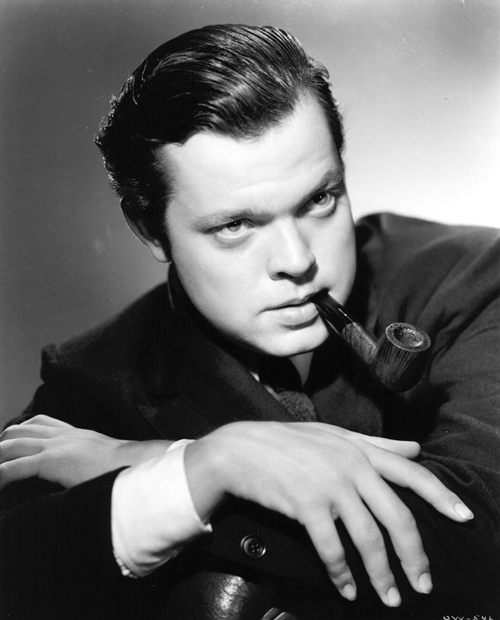





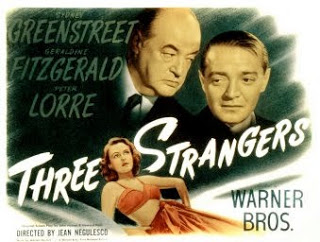
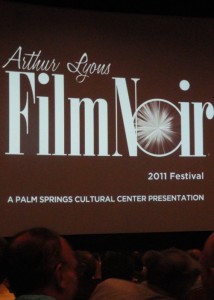
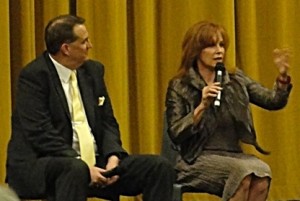
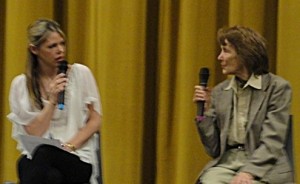
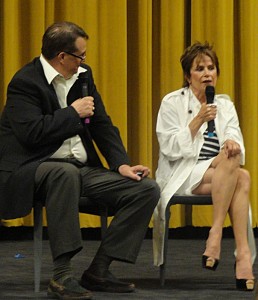
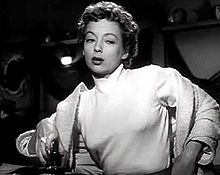
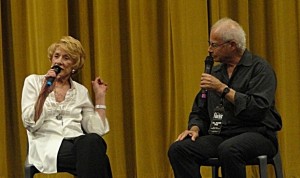
![220px-Loophole[1]](http://www.filmnoirblonde.com/wp-content/uploads/2011/05/220px-Loophole11-196x300.jpg)

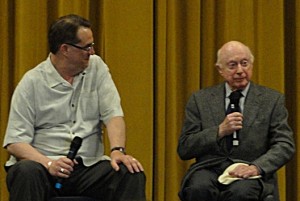
![220px-DamnedDontCry[1]](http://www.filmnoirblonde.com/wp-content/uploads/2011/05/220px-DamnedDontCry11-210x300.jpg)
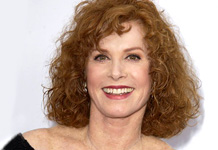





From FNB readers